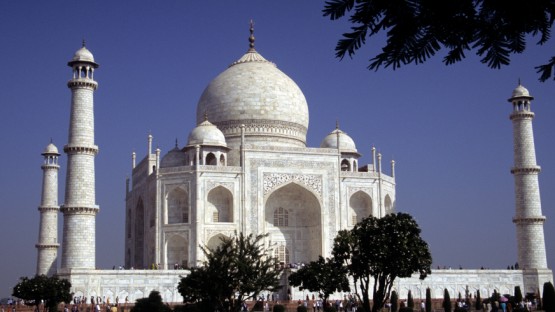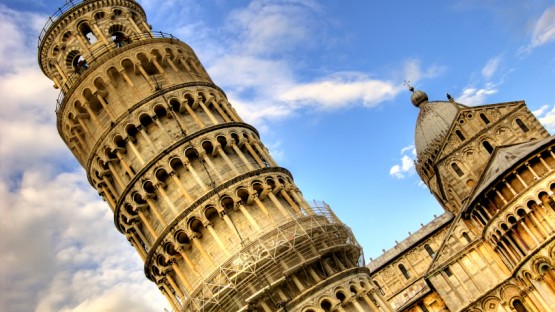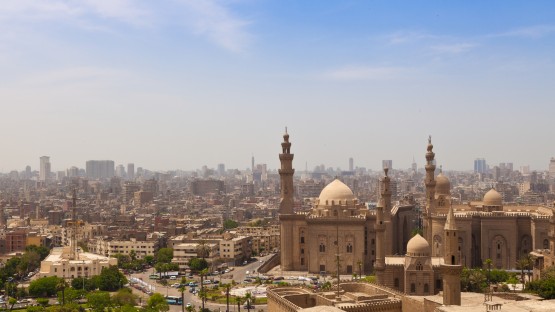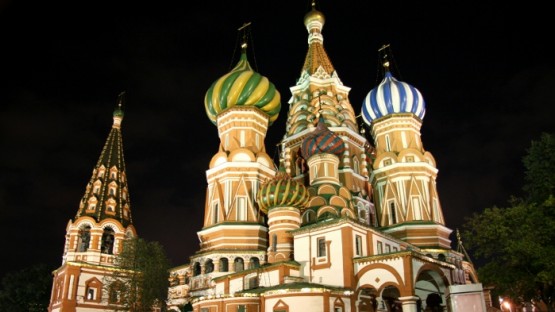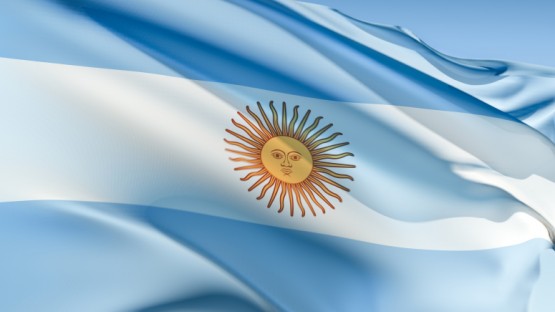Five Alternative Ways to Celebrate New Year’s Eve
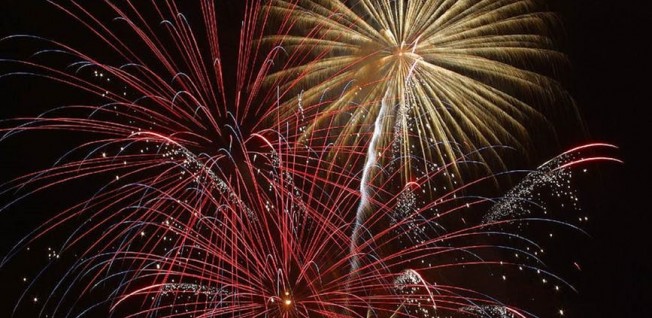
As Earth concludes its journey around the Sun and begins its roundtrip anew, we, its passengers, look towards the coming year with hope and anticipation. Throughout time, we have developed countless rituals, rites, and routines to appease the gods or sway the spirits in hopes of improving our fortune on our endeavors in the next year.
I jump off a chair. Every New Year’s Eve seconds before twelve, I stand on a chair, champagne glass in hand, and then I jump off as midnight strikes. So do my friends. And my friends’ friends. But apparently – as my dear German, American, and Irish coworkers were so kind to point out – this is unheard of outside Denmark.
So, here’s a list of other curious customs people around the world partake in. It is but a small insight into the innumerable interesting ways there are to celebrate New Year’s Eve, but if you’re looking for new ways to see in the new year, it’s a place to start!
(At the very least, I won’t be the only one at whom fingers are pointed.)
The Philippines: More Jumping
In the Philippines, a lot of kids stand ready on the floor when the countdown to midnight commences. As the seconds dwindle, they bend their knees in anticipation (much like my friends and I), and, as the last second passes, they eagerly leap off the ground as high as they can. Legend has it that, if they jump high enough, they will grow taller in the coming year.
Their parents, meanwhile, spend the final few minutes of the year ensuring that good fortune has ample access to their home. All doors and windows must be wide open as the new year begins so as to allow fortune to stream through the house and bless the family for the year ahead.
Evil spirits, on the other hand, must be kept at bay, and unlike good fortune, these are believed to despise loud noise. Hence, many Filipinos make a raucous racket to ward off any ill-natured spirits. They’ll bang pots and pans, rev car engines, blow whistles – all for the good of the family.
So, if your New Year’s resolutions haven’t been panning out, try opening the doors and clanging the pans. Even if you do not believe the myths themselves, why not let go of the reins? Be loud the one time of year you’re allowed to. Let loose! I bet it’s fun!
New Zealand: Kite-Flying
Banging pots and pans is practiced by some in New Zealand, too. More interestingly, however, kite-flying is also a tradition there. Many among the Māori, the natives of New Zealand, celebrated the sight of Matariki, a certain constellation of stars, which was believed to forecast a rich harvest. Known as pākau, kites were made from the bark, wood, and fiber from various trees and plants, and were flown to get close to the stars. Some still practice this today.
Of course, that far south in the southern hemisphere, December is smack dab in the middle of summer, which, compared to December here in the north, lends itself a bit better to such outdoor activities. Nevertheless, if you have the dexterity to maneuver a kite with fat-fingered gloves and an hour to kill on the day of New Year’s Eve before the festivities begin, you could reach for the sky like the Māori used to, and hope for good luck and fair winds.
Besides, a colorful kite is bound to be a pretty sight if your home is white with snow.
Greenland: Double-Dipping
If you can’t get enough of New Year’s celebrations, you’ll be jealous to hear what goes on in Greenland. My parents lived there for the better part of two decades, and, sure enough, they celebrate like the rest of the western world with champagne, decorations, and fireworks. But here’s the catch: Many do it twice.
You see, as part of the Kingdom of Denmark, many Greenlanders celebrate New Year’s Eve both when the clock strikes twelve in Denmark and when it does so in Greenland. And since there’s a four-hour time difference, this means they welcome the new year at 20:00 and at midnight. So anyone celebrating in Greenland gets to enjoy the fireworks and toast to good luck twice in the same evening, with four hours to recuperate.
(Really, it begs the question why I’ve never heard of anyone returning the favor in Denmark. Granted, it would be at four in the morning, but most people I know are awake then anyway. Although come to think of it, they’d probably be out of champagne by then.)
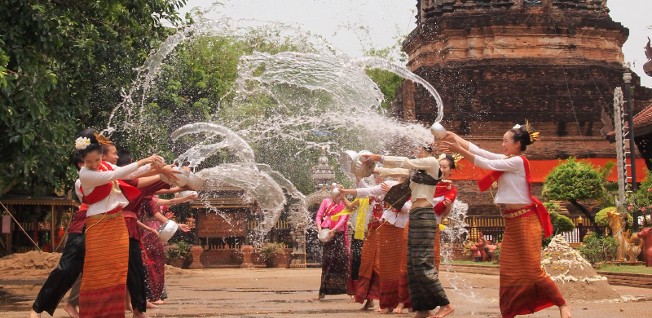
Thailand: Water Fighting
Across Thailand, the new year is celebrated by many in the middle of April. In the middle of April, the weather is warmer than at the end of December. So to celebrate New Year’s, it is customary to participate in the three-day Songkran Festival, an important part of which, evidently, is a massive water fight.
Of course, like in many other places, meticulous cleaning and other family rituals are also central to the celebrations in Thailand, and, naturally, even the water carries symbolism. The water fight is believed to cleanse the participants’ bodies of evil, allowing them to enter the new year rejuvenated and ready for a fresh start.
And, hey, if the weather permits, a water battle for glory (and cleansing) sounds like fun to me!
South Korea: Family Fun
In many parts of the world, the coming of the new year marks a time to commemorate the past as much as the future. In South Korea, for instance, families gather in the morning and enjoy each other’s company throughout Seollal (New Year’s Day). Almost everyone wears the national dress, and things traditionally start off by performing various rites, bows, and greetings to pay respect to the ancestral spirits.
As the day progresses, food is eaten, stories are shared, games are played, and more food is eaten. Really, aside from the elaborate preparation that obviously goes into the many meals, it’s a time for everyone to unwind and catch up with family members they don’t see throughout the busy year.
And I bet many of you recognize this from home, too. However you decide to welcome the New Year, though, I hope you’re among friends and loved ones. Personally, I know my friends and I will be jumping from a set of chairs right into the new year.
Be safe and have fun!







